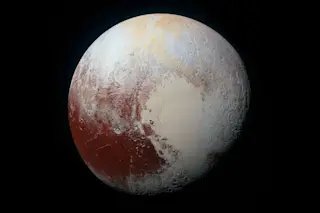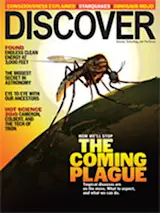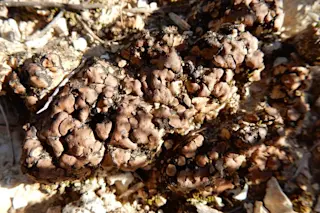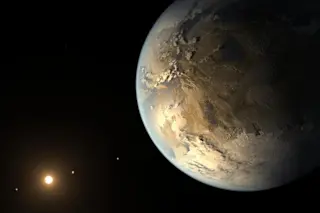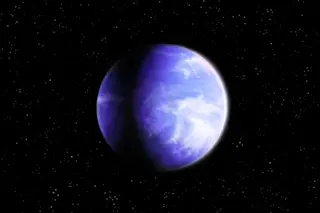When I was a kid, I knew exactly what a planet was: It was something big and round, and it orbited the sun. There were nine such beasts in the celestial menagerie. We knew Pluto was a misfit—smallish, distant, and orbiting on a weird elliptical path—but we had no doubt it was part of the family. The other planets certainly fit my description, and all was well.
I didn’t even consider Ceres, one of the solar system’s oddballs. But if I had, I’m sure I would have thought, “Ceres is an asteroid! It’s the largest one, sure, and maybe it’s even round, but it’s just the biggest of a bunch of rubble out there between Mars and Jupiter. A planet it ain’t.” As for objects past Pluto? There were no such things! Done and done.
Ah, the naïveté of youth. As an adult and as a scientist, I now see ...


